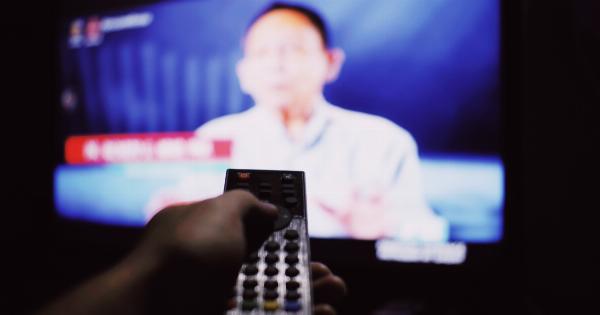Gluten reintroduction therapy (GRT) is a process designed to enable people with gluten intolerance or sensitivity to gradually reintroduce gluten into their diets.
By doing so, they can monitor their reaction to gluten and determine if their sensitivity has changed over time. For many people with gluten intolerance or celiac disease, avoiding gluten is key to managing symptoms and preventing intestinal damage.
However, for those who wish to reintroduce gluten into their diets, GRT can provide a structured and safe framework to do so.
How does GRT work?
GRT involves ingesting gradually increasing amounts of gluten over several weeks or months. The duration and frequency of the therapy depend on the individual’s sensitivity and tolerance to gluten. The process involves three phases:.
- Phase 1: Starting with a small amount of gluten, usually 1/8 to 1/16 of a teaspoon, once a week for a few weeks
- Phase 2: Increasing the amount of gluten by double or half every week or two, until a daily serving of gluten is reached
- Phase 3: Maintaining a daily serving of gluten for several weeks to determine if symptoms arise
Throughout GRT, individuals monitor their symptoms and reactions to gluten, such as abdominal pain, bloating, diarrhea, and fatigue. If symptoms worsen or persist, GRT is discontinued, and gluten is eliminated from the diet again.
However, if symptoms do not arise or are tolerable, gluten can be included in the diet in moderation.
What is Kiliokaki?
Kiliokaki is a digital platform designed to guide and support individuals through GRT. The platform offers a structured approach to the three phases of GRT and provides tools for tracking and monitoring symptoms.
Kiliokaki also includes a community forum where individuals can connect and share experiences with others undergoing GRT.
How does Kiliokaki work?
To get started with Kiliokaki, individuals create an account and complete a comprehensive health assessment to determine if they are eligible for GRT.
Once eligibility is confirmed, users are guided through the three phases of GRT using a personalized schedule. Kiliokaki provides daily reminders, symptom tracking tools, and access to the community forum for support and guidance.
Kiliokaki also includes a food journal tool where users can add the foods they eat and track how much gluten they are consuming. The platform uses machine learning algorithms to analyze the data and provide personalized recommendations to optimize GRT.
What are the benefits of using Kiliokaki?
Kiliokaki offers several benefits to individuals undergoing GRT. The platform creates a structure and framework for GRT, which can reduce anxiety and uncertainty associated with reintroducing gluten.
Additionally, Kiliokaki provides tools for monitoring and tracking symptoms, which can help individuals identify patterns and triggers related to gluten and make informed decisions about their diets. The community forum also provides a supportive environment where individuals can connect with others undergoing GRT and share experiences and advice.
Is Kiliokaki right for you?
Kiliokaki may be a helpful tool for individuals with gluten intolerance or sensitivity who wish to reintroduce gluten into their diets. However, it is important to consult with a healthcare professional before starting GRT or using Kiliokaki.
Individuals with celiac disease or severe gluten intolerance should not attempt GRT without medical supervision.
Additionally, it is important to note that the efficacy of GRT in managing gluten intolerance and sensitivity is not well-established.
Some studies have shown promising results, while others have found no significant improvement in symptoms or intestinal damage. Therefore, individuals should approach GRT and the use of Kiliokaki with caution and carefully monitor their symptoms throughout the process.
The bottom line
Gluten reintroduction therapy is a process designed to enable individuals with gluten intolerance or sensitivity to reintroduce gluten into their diets in a structured and safe manner.
Kiliokaki is a digital platform that can guide and support individuals through GRT by providing tools for monitoring symptoms, tracking gluten intake, and connecting with others in a community forum. While GRT and the use of Kiliokaki may be helpful for some individuals, it is important to consult with a healthcare professional and carefully monitor symptoms throughout the process.






























